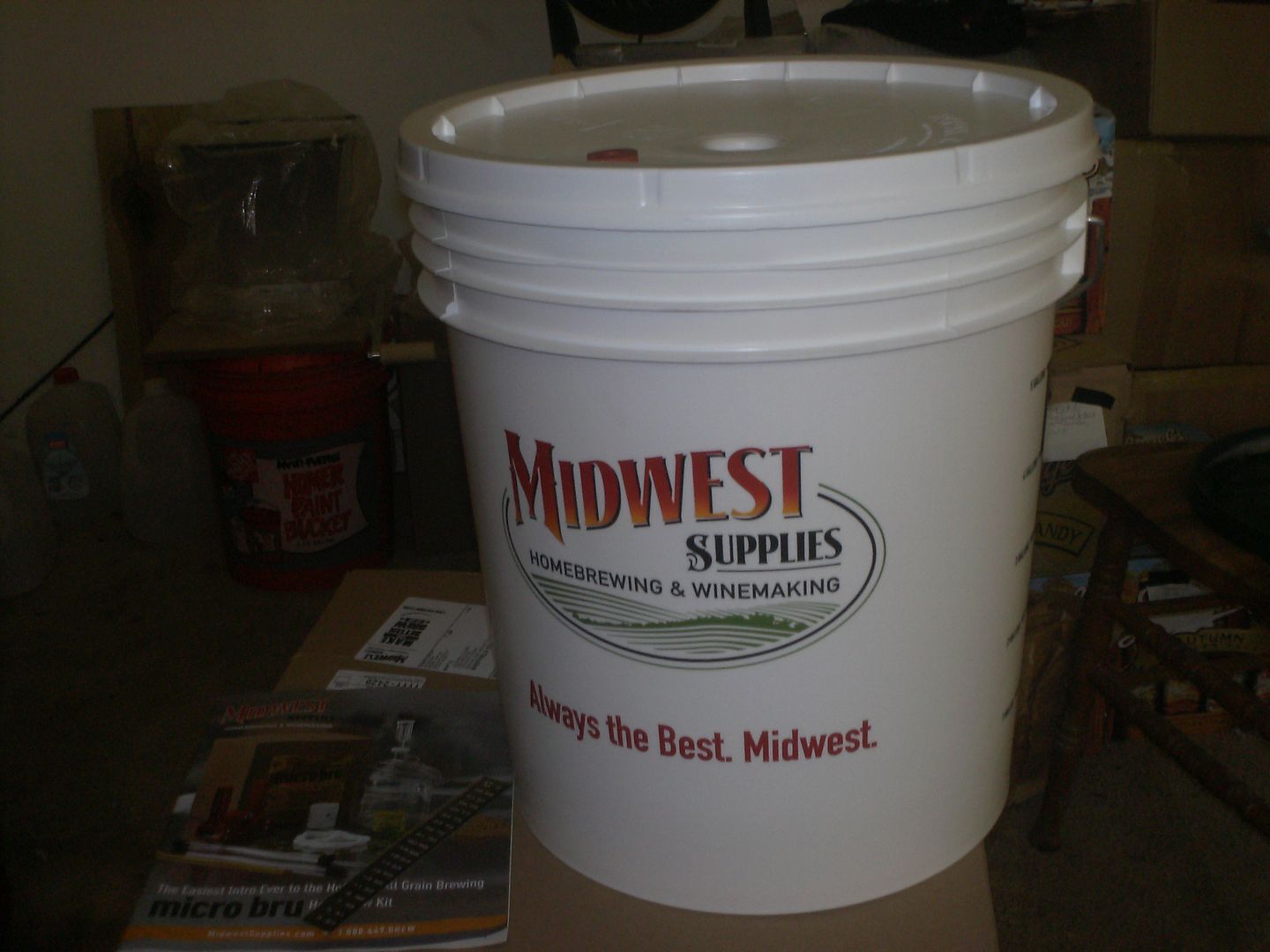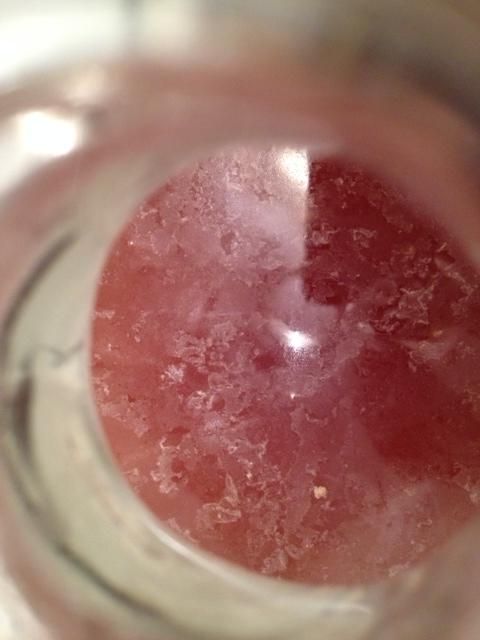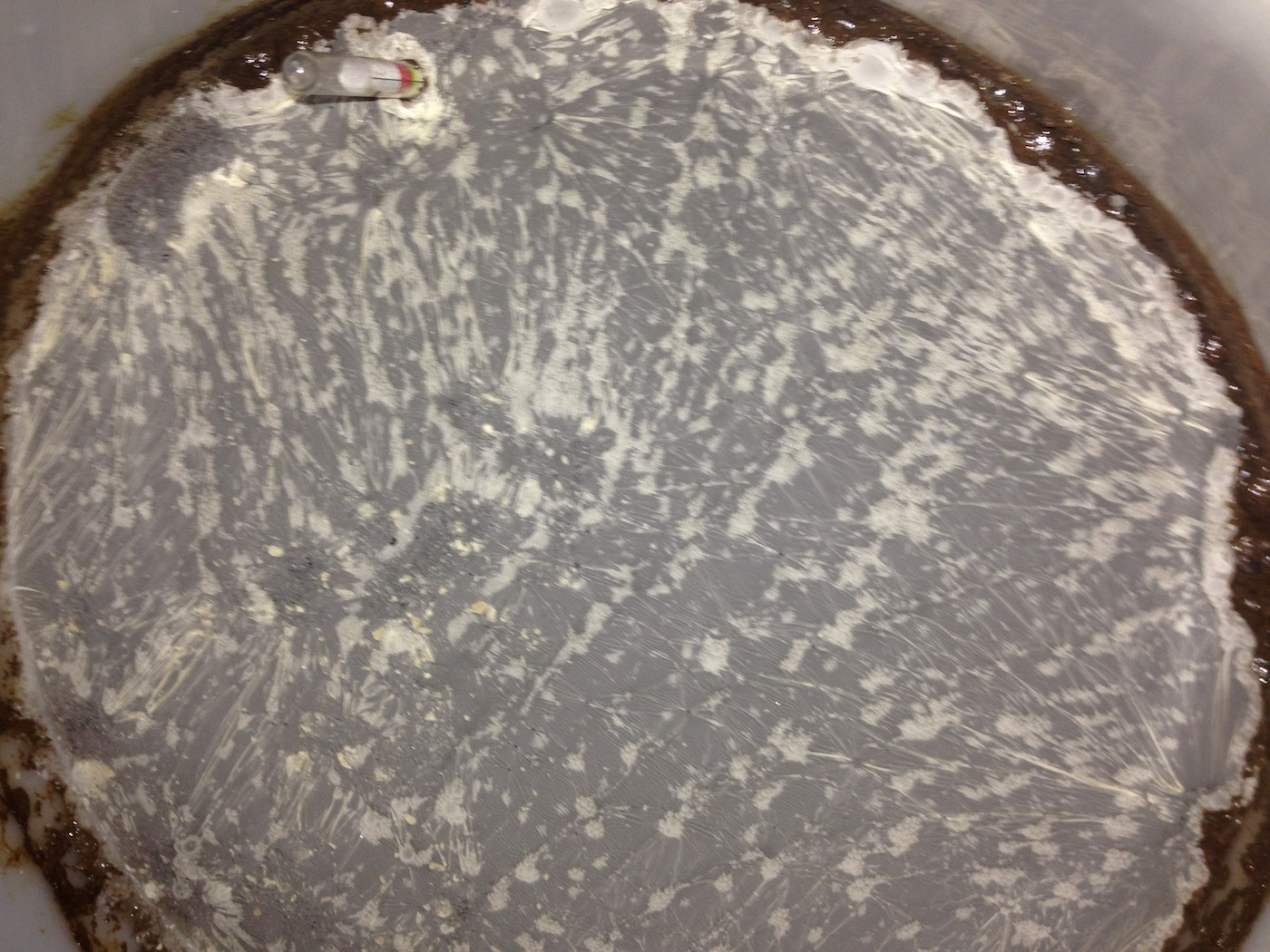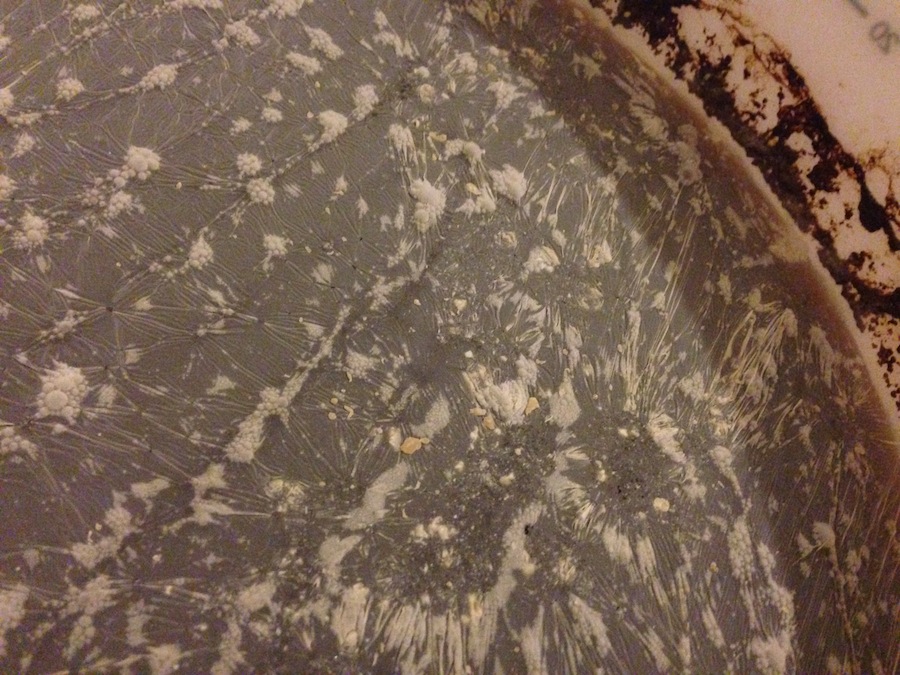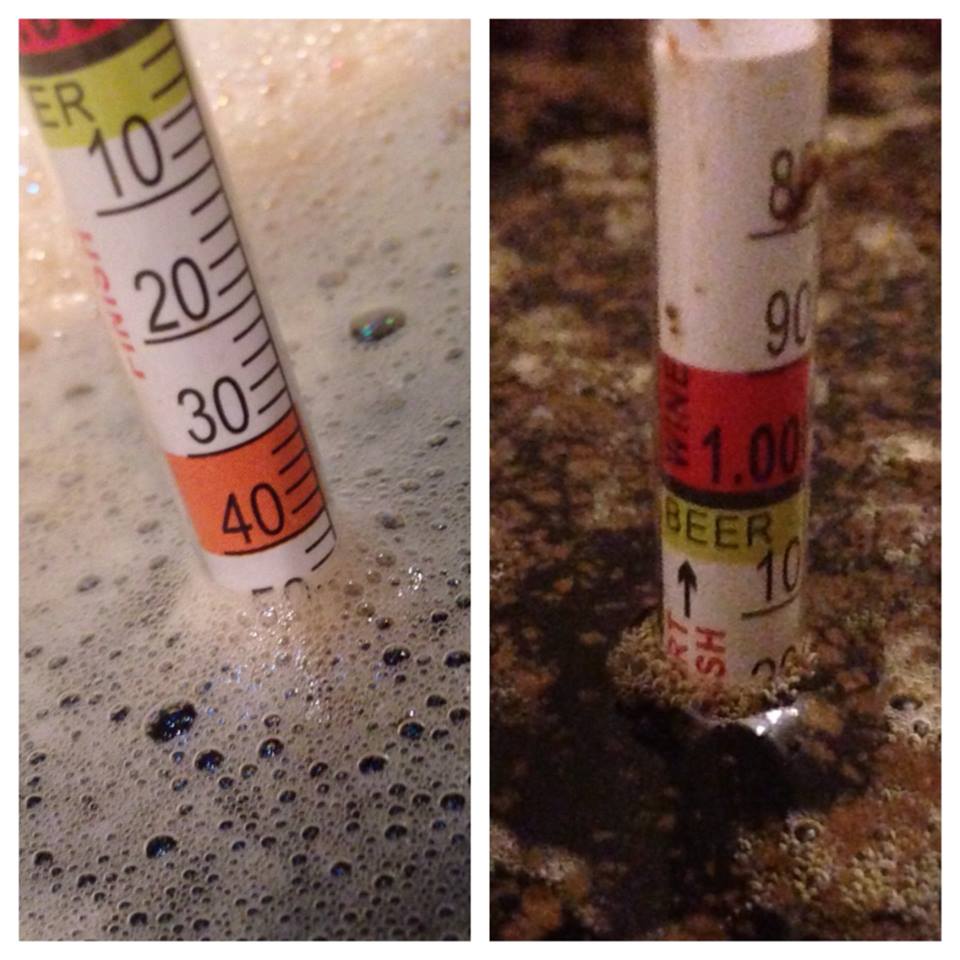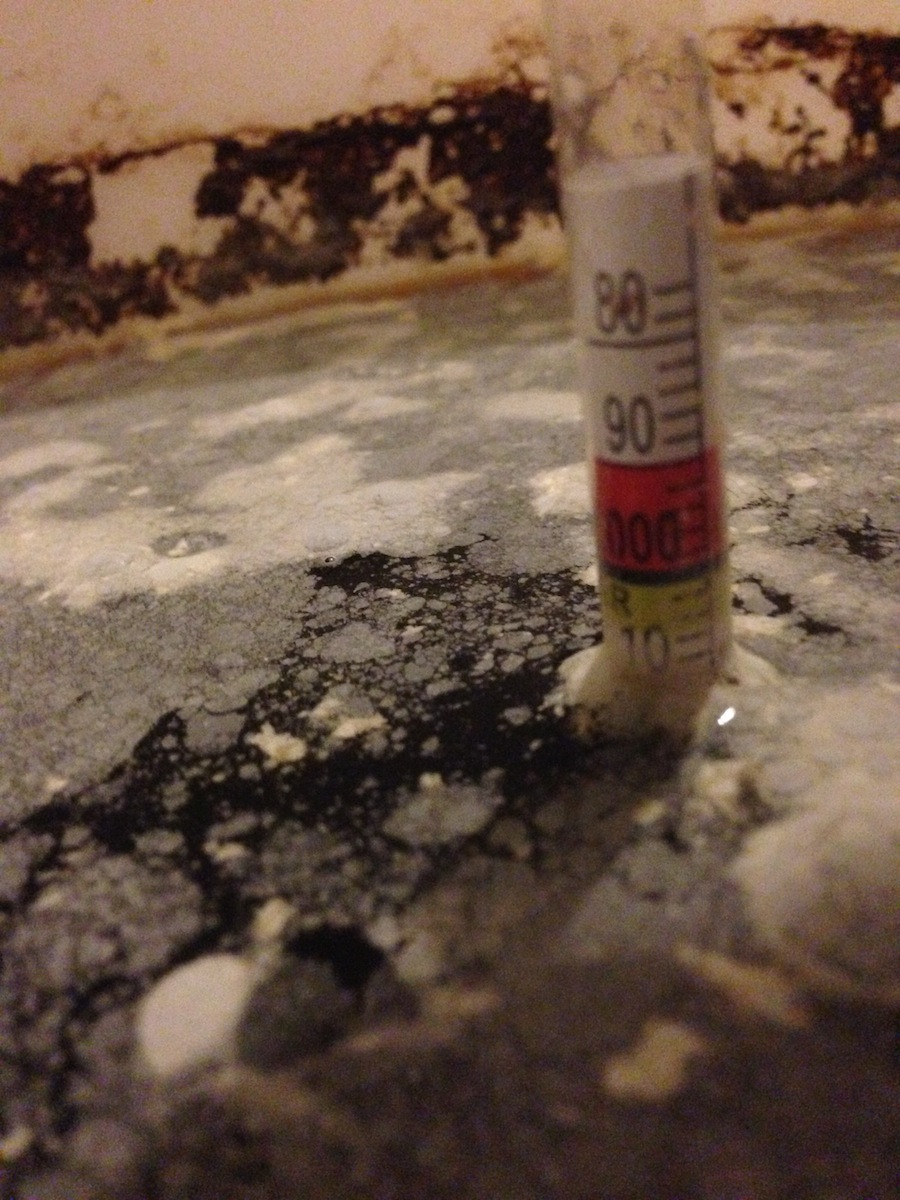I just opened my fermenter after one month to find this film on top...
I had planned on bottling this tomorrow.
Beer is a winter warmer I tweaked (
http://urly.fi/aIN) based on Holiday Prowler (
http://urly.fi/aIO) - combination of light, crystal chocolate grains, plus beer enhancer and, if I remember correctly, dark spraymalt.
-- Brew day was Nov 10, OG @ 1.046
-- Reading taken Nov 17 @ 1.020 (all looked great)
-- Discovery - Dec 7 @ 1.010
Film is thin, almost powdery dry, breaks easily. Beer underneath looks good and brown.
What has happened? Please don't tell me this is mouldy and ruined.
I have removed the film. Tasted a small amount of beer from beneath the film; didn't taste off (but what am I looking to taste in an infected beer?).
The one thing I could point to, speculatively, is air. No bubbles ever emerged from airlock, only from between the grommet and the fermenter lid, and only audibly when the lid was pushed. This fermenter from Wilkinson, came without a hole of its own; one needed drilling in. Between brew day and reading one week later, I opened fermenter manually to inspect and photograph, then not opened again for three weeks.
NB. I sterilised the boiling cauldron, fermenter etc with boiled water and steriliser.

























































![Craft A Brew - Safale BE-256 Yeast - Fermentis - Belgian Ale Dry Yeast - For Belgian & Strong Ales - Ingredients for Home Brewing - Beer Making Supplies - [3 Pack]](https://m.media-amazon.com/images/I/51bcKEwQmWL._SL500_.jpg)










